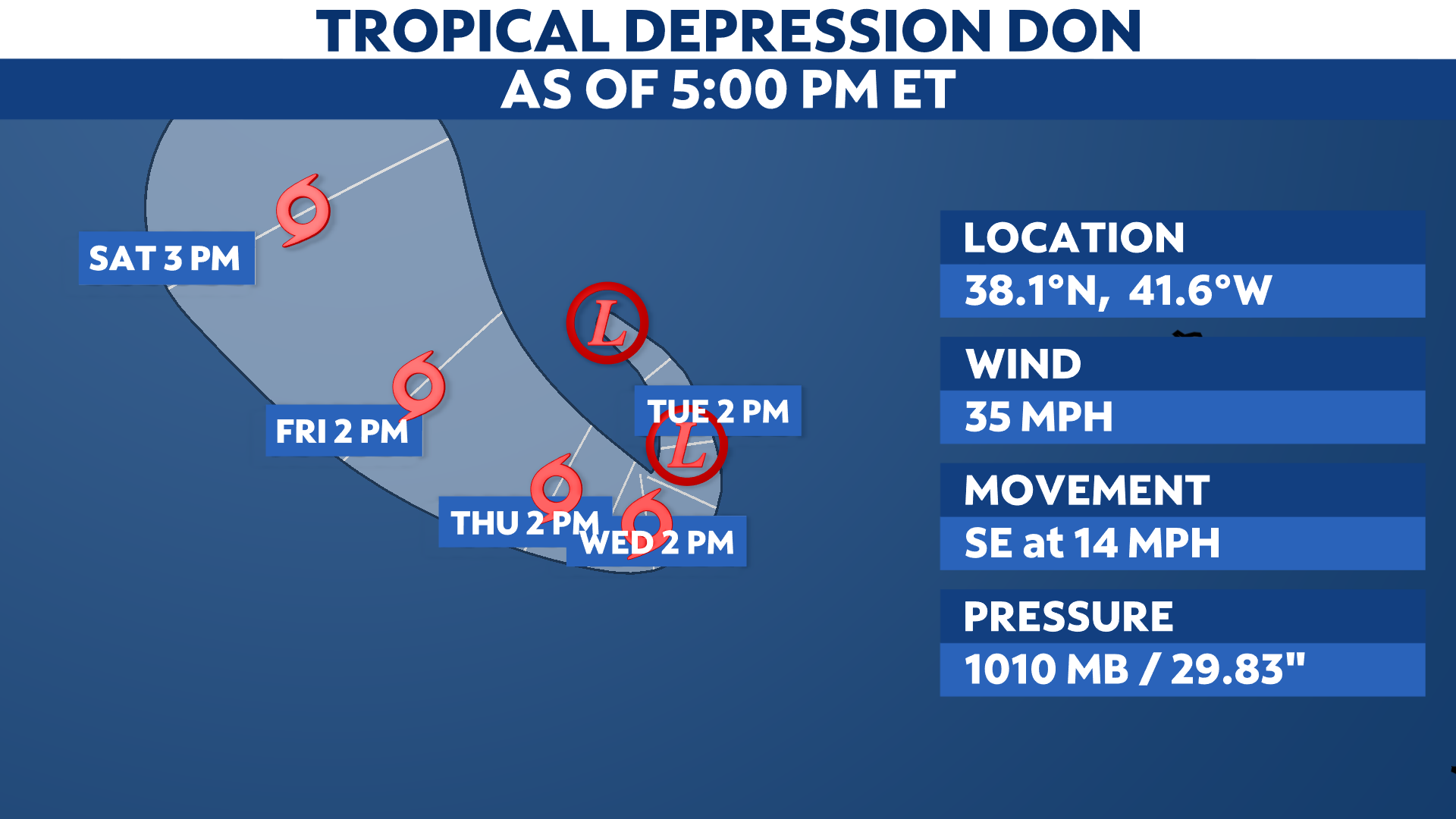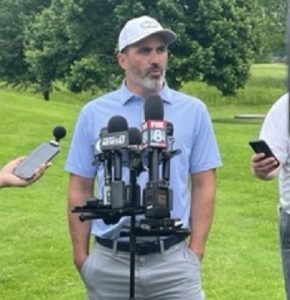About sixteen months from the 2024 presidential election and less than a year from the first primary contests, fundraising data is painting a clearer picture of where each candidate stands.
Saturday was the deadline for campaigns to file their fundraising figures for the second quarter, which includes April through June – a period in which many candidates entered the race, making this their first Federal Election Commission report for the 2024 contest.
Democratic President Joe Biden, who is seeking another term in the White House, recorded bringing in $72 million dollars in the first 10 weeks of his campaign. That top-line figure included money brought in from his personal candidate committee, multiple joint fundraising committees and the Democratic National Committee, which he can include as an incumbent running for reelection.
To put Biden’s totals in perspective, then-President Barack Obama raised $85.6 million in the second quarter of 2011 when he was seeking a second term in office. During his reelection bid in 2019, then-President Donald Trump recorded raising $105 million in combination with the Republican National Committee during the April to June period.
However, Senior Data Analyst at OpenSecrets Brendan Glavin said putting Biden’s numbers directly up against those most recently in his spot is not “a totally fair comparison.”
“With Obama, even though it was some time ago, and we do have higher contribution limits now, they didn’t start at the same time,” he said. “Biden didn’t really start actively fundraising until late April.”
Glavin added he believes the Biden campaign will see a “real outpouring of support,” when we know who the Republican nominee is.
Excluding his other fundraising entities and just looking at Biden’s principal campaign committee, the president recorded bringing in nearly $19.9 million in the second quarter, ending the period with $20.1 million in cash on hand.
Biden went on a ramped up fundraising blitz just ahead of the quarter’s close of books on June 30, traveling to receptions in blue strongholds in northern California, Connecticut, Maryland, Chicago and New York. In total, he visited four states and attended 10 receptions in just the two weeks before the end of the quarter.
On the spending side, Biden recorded using just $1.1 million in the first weeks of the incumbent president’s campaign. By comparison, then-President Obama’s campaign spent $11 million dollars during the same quarter in 2011 of his 2012 reelection bid.
On Monday, the Biden campaign announced it is beefing up staff, adding three new people to the team: former Congressman Cedric Richmond, Rufus Gifford, who previously served as Deputy Campaign Manager for Biden focusing on finance and Chris Korge, currently the National Finance Chairman for the Democratic National Committee.
“Already, this team has shown its ability to think outside the box to raise money, and bring in supporters across the country for the President and Vice President,” Biden-Harris 2024 campaign manager Julie Chavez Rodriguez said in a statement. “With this talented team at the helm, I’m confident our campaign will have the resources it needs to win again in 2024.”
Biden’s Democratic challengers Robert F. Kennedy Jr. and Marianne Williamson recorded raising $6.4 million and $920,636 respectively in quarter two. Kennedy ended the period with $4.5 million cash on hand while Williamson ended with $104,990.
Meanwhile, in the ultra-crowded GOP field, Trump’s team announced his campaign, in combination with his other fundraising entities, brought in $35 million in the second quarter. However, in filings Saturday, Trump’s principal campaign committee recorded $17.7 million in contributions this quarter as his other entities do not have to report numbers until the end of the month.
“That’s when we’ll get verification on how much money that he’s really raised,” Glavin said.
Glavin added Trump’s numbers are not as high as Biden’s, but noted recent legal troubles have not appeared to hurt the former president’s fundraising ability and that he is particularly strong in engaging donors who give small amounts repeatedly.
“We know that he had a big bump back when – earlier in the year after the indictment,” Glavin said. “So he’s not wowing with the fundraising numbers, but he continues to go out there, has a lot of donors who are continuing to give small amounts.”
When it came to money brought into the candidates’ principal campaign committees from April through June, Florida Gov. led the pack, bringing in $20.1 million, which Glavin called “solid.” He added DeSantis has a Super PAC supporting him with millions in the bank that is not part of the Florida governor’s totals.
“He has plenty – between that support and the money coming into his campaign – to do what he needs to do,” Glavin said, noting, however, that well-funded Super PACS do not always translate to grassroots support and voters down the line.
After DeSantis and Trump – the races’ two frontrunners according to recent polls – North Dakota Gov. Doug Burgum was next in the fundraising line, recording $11.8 million in the second quarter. However, around 85% of that was money he gave to his own campaign. Similarly, entrepreneur Vivek Ramaswamy came in after Burgum but has funded much of his own campaign.
Sen. Tim Scott, R-S.C., was next with nearly $5.9 million followed by former South Carolina Gov. and U.N. ambassador Nikki Haley with more than $5.3 and former New Jersey Gov. Chris Christie with just less than $1.7. Christie said on CNN on Sunday that the Super PAC supporting him raised nearly $6 million since the start of his campaign.
Former Vice President Mike Pence fell low on the GOP presidential hopefuls fundraising list, bringing in less than $1.2 million in the second quarter.
“Mike Pence had a very disappointing fundraising quarter, raising over a million dollars,” Glavin said. “That is a sign that they’re not generating the donor support that some of the other candidates have been able to in this early period.”
The Republican National Committee has stipulated that GOP candidates need at least 40,000 unique donors, including 200 in at least 20 different states, to qualify for the party’s debates. The first one is set to take place next month.
Trump led the GOP pack with the most cash on hand at the end of the quarter, followed by Scott and DeSantis.




